The sad truth is that the world’s best loved, beautiful and fascinating species are being slaughtered by widespread and dangerous criminal networks that will stop at nothing to get what they want. And what they want are animal parts and products that for reasons no sane person really understands, are worth lots of money. There are plenty of synthetic substitutes for things like ivory and fur that don’t require the brutal slaughter of an animal to obtain, not to mention how hard it actually is to tell the difference between high-quality synthetic substitutes and the real thing. And do you mean to tell me no other dish in the world tastes as good as shark fin soup, and that we really have to mutilate live sharks and then throw them back into the ocean to die? Long story short, there is simply no excuse for the amount of animals being poached every year. And yet they are. In 2011 alone, for example, there were 13 large-scale seizures of ivory, and over 23 tons of ivory confiscated, which is equivalent to at least 2,500 elephants. A 2010 United Nations report suggests that gorillas could disappear altogether from large parts of the Congo Basin by the mid-2020s.
And it is not just the animals that are suffering. Park rangers get killed on a regular basis by poachers they’re trying to stop, and the local economies of entire towns and villages suffer terrible damage once enough wildlife is wiped out to make them irrelevant as wildlife tourism destinations. Corruption and intimidation are weakening law enforcement efforts. Unscreened wildlife and wildlife parts increase the risk of human health pandemics such as bird flu. Everyone involved is suffering.
A call to action was put out by Secretary of State Hillary Clinton in 2012 to raise awareness and engage conservationists on Wildlife Conservation Day, December 4. During the “Wildlife Trafficking and Conservation: A Call to Action” event held at the State Department on November 8th 2012, Secretary Clinton outlined the White House’s strategy to address the global problem of wildlife trafficking. These efforts are estimated to cost between $7 and $10 billion dollars a year. “Wildlife cannot be manufactured. And once it’s gone, it cannot be replenished. Those who profit from it illegally are not just undermining our borders and our economies, they are truly stealing from the next generation,” she said.
thanks, helen, for more vintage christmas pics
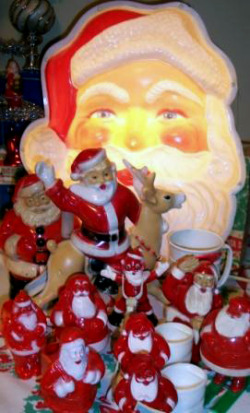
Word of the Day
| |||
| Definition: | (noun) A quiet plodding workhorse. | ||
| Synonyms: | farm horse | ||
| Usage: | The dobbin had been a loyal and faithful worker, and the farmer was sad to see the quiet horse's health decline. | ||
ray still has this reindeer, his first ornament (all his siblings have versions of this reindeer in different positions as their first ornaments, too)
History
| |||
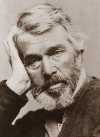 | Carlyle was a Scottish historian and writer. His adherence to Calvinist values despite his loss of faith in traditional Christianity proved appealing to many Victorians, and he gained notice with his first major work, Sartor, Resartus. Simultaneously factual and fictional, the work forces the reader to confront the problem of where "truth" is to be found and was initially considered bizarre and incomprehensible by some. | ||
| |||
 | River Kwai Bridge Week in Kanchanaburi, Thailand, commemorates World War II's infamous Death Railway and the River Kwai Bridge. Between 1942 and 1945, more than 16,000 Allied prisoners of war and 49,000 Asian laborers were forced by the Japanese to build a railway from Bangkok, Thailand, into Burma (now Myanmar); it is said that one person died for every railway tie on the track. During the week-long festival, the reconstructed bridge (it was bombed during the war) hosts sound-and-light presentations, and there are also historical exhibitions and rides on World War II-era trains. | ||
| |||
| She's back. The oldest known bird to lay an egg and raise a chick landed over Thanksgiving weekend at the Midway Atoll National Wildlife Refuge in the Pacific Ocean, apparently to do it again, at age 64. | |||
1791 - Britain's Observer, oldest Sunday newspaper in the world, first published
1812 - Peter Gaillard patented the horse drawn power mower
1843 - Manila paper (made from sails, canvas & rope) patented, Mass
1952 - Killer fogs begin in London, England; "Smog" becomes a word
1954 - The first Burger King is opened in Miami, Florida, USA
1961 - Museum of Modern Art hangs Matisse's Le Bateau upside down for 47 days
1978 - Dianne Feinstein is named as San Francisco's 1st female & Jewish mayor
2014 - The United Nations warns that the world is on course for the warmest year since records began
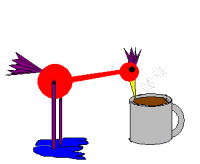
DAILY SQU-EEK
\

If You Were Born Today, December 4
Assertive, adventurous, and positive, you are an enthusiastic person who is not afraid of very much! In love, you generally dive right in and think about it later. You stand by your beliefs. With you, a debate can very easily turn into an argument!While you do strive to be tolerant, you are also very passionate with your own convictions. Although you are friendly and companionable, you are not afraid to be independent and to take a few risks. In fact, you are attracted to a challenge and enjoy taking some unexpected turns in the journey of your life.Famous people born today: Marisa Tomei, Tyra Banks, Jeff Bridges, Jay-Z, Tony Todd.

| Picture of the day | |
 |
An 1890 Treasury Note in the denomination of $100, depicting David Farragut on the obverse. This type of representative money was issued by the United States government to individuals selling silver bullion to the Treasury, and was redeemable in either gold or silver coin. The 1890 series is distinguished by its ornate background, intended to impede counterfeiting.
|

Take a Swing
Photograph by Luca Locatelli
This nuclear reactor at Kalkar, Germany, was finished just before the 1986 explosion at Chernobyl, Ukraine—and never used. It’s now an amusement park with a ride in what would have been the cooling tower. Fear of nuclear power spurred Germany’s transition.
knit, CHANUKAH
knit, CHRISTMAS
knit
knit
there's a direct link to the pdf pattern on page


Debbie Mumm Traditions worsted weight yarn, color Robins Egg 136 m (149 yd) / 80g - 2 skeins.
Needles: 6 (4.0 mm) OR SIZE NEEDED TO OBTAIN GAUGE.
Gauge: 14 st = 4" (10 cm)
Pattern:
Garter Stitch Ridges
Row 1: purl
Row 1: purl
Row 2: knit
Row 3: purl
Row 4: purl
Row 5: knit
Row 5: knit
Row 6: purl
Repeat rows 1-6
Repeat rows 1-6
Directions
Cast on 5 sts (including selvage edge stitches) with yarn A. The first stitch should be slipped to the right needle and the last stitch purled.
Cast on 5 sts (including selvage edge stitches) with yarn A. The first stitch should be slipped to the right needle and the last stitch purled.
Knit Garter Stitch Ridges
.
Rows 3-34: increase 1 sts on both sides 16 times in every odd row. There will be 37 sts (including selvedge sts).
Rows 3-34: increase 1 sts on both sides 16 times in every odd row. There will be 37 sts (including selvedge sts).
Row 35: increase 1 sts at the end of the row.
Rows 37-240: decrease 1 sts at the beginning of the row by knitting or purling 2 sts together and increase 1 st at the end of the row in every odd row.
Row 241: decrease 1 st at the beginning of the row
Rows 243-258: decrease 1 st at the beginning and the end of the row 16 times in every odd row. There will be 5 sts on the needle when all the decreases are done.
Rows 259-260: Garter Stitch Ridges
Cast off.
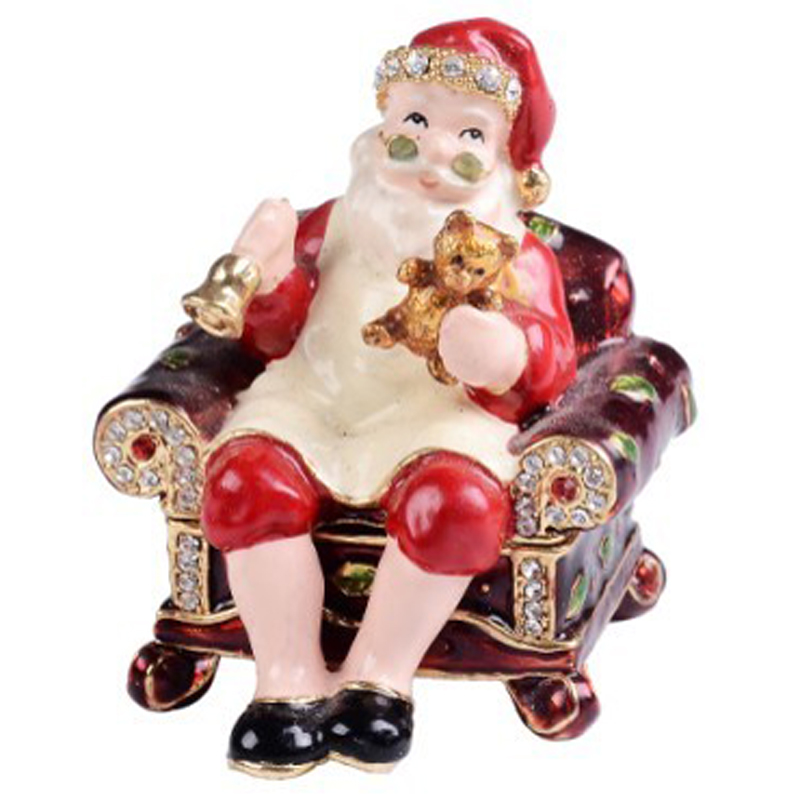
crochet, CHANUKAH
Dreidel Softie
crochetbyfaye
finished measurements
approx 1” by 2”
YARNRowan Cotton Glace, approx 50yd (100% Cotton), any color, I used raspberry and aqua
CROCHET HOOK· Size E/5 (3.5mm) crochet hook or any size to obtain correct gauge
NOTIONS
· Yarn needle
· embroidery floss for decoration
· handful of polyfill
 BODY
BODYCh 5 with E hook, Sl st to first ch to form ring.
Rnd 1 Ch1, 8sc in ring, sl st to first sc, do not turn.
Rnd 2 Ch1, *sc blo in sc, 3sc blo in next sc, repeat from * around, sl st to first sc, do not turn. (16 sc)
Rnd 3 Ch1, *sc in next 2sc, 3sc in next sc, sc in next sc, rep from * around, sl st to first sc, do not turn. (24 sc)
Rnd 4 Ch1, sc blo in ea sc around, sl st to first sc, do not turn.
Rnd 5 Ch1, sc in ea sc around, sl st to first sc, do not turn.
Repeat rnd 5 5 more times
Rnd 6 Ch1, *sc in next 2 sc, sctog over next 2 sc, sc in next 2 sc, rep from * around, sl st to first sc, do not turn. (20 sc)
Rnd 7 Ch1, sc in ea sc around, sl st to first sc, do not turn.
Rnd 8 Ch1, *sc in next 2 sc, sctog over sctog and next sc, sc in next sc, rep from * around, sl st to first sc, do not turn. Fill body with polyfill (16 sc)
Rnd 9 Ch1, *sc in next 2 sc, sctog over sctog and next sc, rep from * around, sl st to first sc, do not turn. (12 sc)
Rnd 10 Ch1, *sc in next sc, sctog over next sc and sctog, rep from * around, sl st to first sc, do not turn. (8 sc)
Rnd 11 Ch1, *sctog over next sc and sctog, rep from * around, sl st to first sc, fasten off, weave end through last sts to secure. (4 sc)
STEM
Join yarn with sl st to rnd 2 flp.
Rnd 1 Sctog over next 2 flp, repeat around, do not turn. (4sc)
Rnd 2 Ch1, sc in ea sc around, do not turn.
Repeat rnd 2 2 more times, fasten off, weave in ends.
finishingWith yarn needle and embroidery floss, stitch letters on to sides.
crochet, CHRISTMAS
crochet
crochet
crochet, 2 yrs

ABC Knitting Patterns - Young Gentleman Two-Tone Cardigan
Free Child Cardigan Crochet Pattern
| ||||||
Preview by Yahoo
| ||||||

RECIPES, CHANUKAH
thanks, shelley
MAKE THE BEST LATKES WITH THESE TIPS
As if eight days of gifts wasn't great enough, it's a Hanukkah tradition to eat lots of delicious fried potato pancakes called latkes. Now, as anyone who has cooked up a batch of these golden brown beauties knows, potato pancakes are best right out of a hot pan. Typically that means the host or hostess gets what chef Laura Frankel, author of Jewish Slow Cooker Recipes, calls an "onion and potato facial" from standing over a pan of sizzling latkes. To help make things easier this holiday season, Frankel shares her top tips for making and serving perfect potato pancakes, every time.
1. Pick a starchy potato
A starchy potato = a crispy potato pancake. Skip the red bliss variety and stick with Russets. "Whatever you do, don't use a boxed mix of dried and dehydrated potato," says Frankel. "Once you've mastered a classic latke recipe, try adding different starchy vegetables like carrots and beets or swap onion for leeks."
2. Use a fork to grate potatoes and onions
You want crispy, lacy edges, not a mushy lump with zero texture. That means you need to shred your potatoes and onions with a box grater. Protect your knuckles by using a fork to hold the potato once there's only a small amount left. After grating, keep the potato shreds in a large bowl of ice water to keep them from turning brown.
3. Squeeze out the water from the grated potatoes completely
This is key. Soggy potatoes will make your latkes soggy. The quickest and most effective way to get the water out is to use a cheesecloth. Place the shredded potatoes into a cheesecloth, then fold the cloth and squeeze it into a bundle to extract the water. Unlike paper towels, a cheesecloth won't tear.
4. Only use egg whites, not yolks
"Whites have a high water content and make latkes crispy," says Frankel. "Yolks makes them cakey."
5. Don't use cheap oil
"Olive oil gives better flavor and it's healthier than frying in another kind of oil," says Frankel.
6. Do the sizzle test
Fill your frying pan with about a half-inch of oil. You'll know that the oil is hot enough for frying when a shred of potato sizzles immediately when it is dropped into the pan.
7. Don't freeze or refrigerate latkes
Make them in the morning and keep them on a plate on your counter top. Don't put them in the refrigerator because they will become soggy and limp and won't crisp back up again when they're rewarmed. Don't freeze them either because they will develop ice crystals.
8. Reheat latkes hot and fast in the oven, not on top of the stove
"Set the oven to a high temperature, spread the latkes on a baking sheet and they'll crisp right back up in just a few minutes because you've used egg whites only," says Frankel. Serve with applesauce and enjoy!
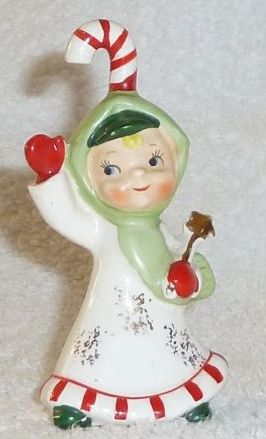
CROCKPOT RECIPES
stephanie o'dea
Stuffed Artichoke CrockPot Recipe

I made stuffed artichokes. I am *thrilled* with the stuffing technique, because it's something I've never tried and I'm so happy to have a new way to eat artichokes. We usually boil or steam them and dip them into mayonnaise. Not the healthiest---but the kids eat a whole one each that way and that keeps me happy.
The Ingredients:
--2 large artichokes
--1 T olive oil
--1/3 cup parmesan cheese
--1/4 cup bread crumbs (my totally awesome mom food processed a loaf of rice bread for us that I keep in the freezer)
--juice from 1 lemon
The Directions:
--chop up the stem from the artichokes.
carefully.
--mix chopped up stem with the other ingredients in a small bowl. Mixture should be moist and gooey.
--using a knife, cut the very top of each artichoke off
--with kitchen shears, cut off the pointy leaf tips
--shove breading mixture inside of artichoke
put into crockpot stoneware and add 1/2 cup of water to the bottom.
close up and cook on high for 2-4 hours or low for 4-5. These took 4 hours on high.
The Verdict:
These were tasty, but would have been A LOT better if it was artichoke season. The 'chokes we bought were the end of the line and were tough and bitter. The filling was delicious and the tenderness was spot-on. I'm excited for next season!

CRAFTS, CHRISTMAS
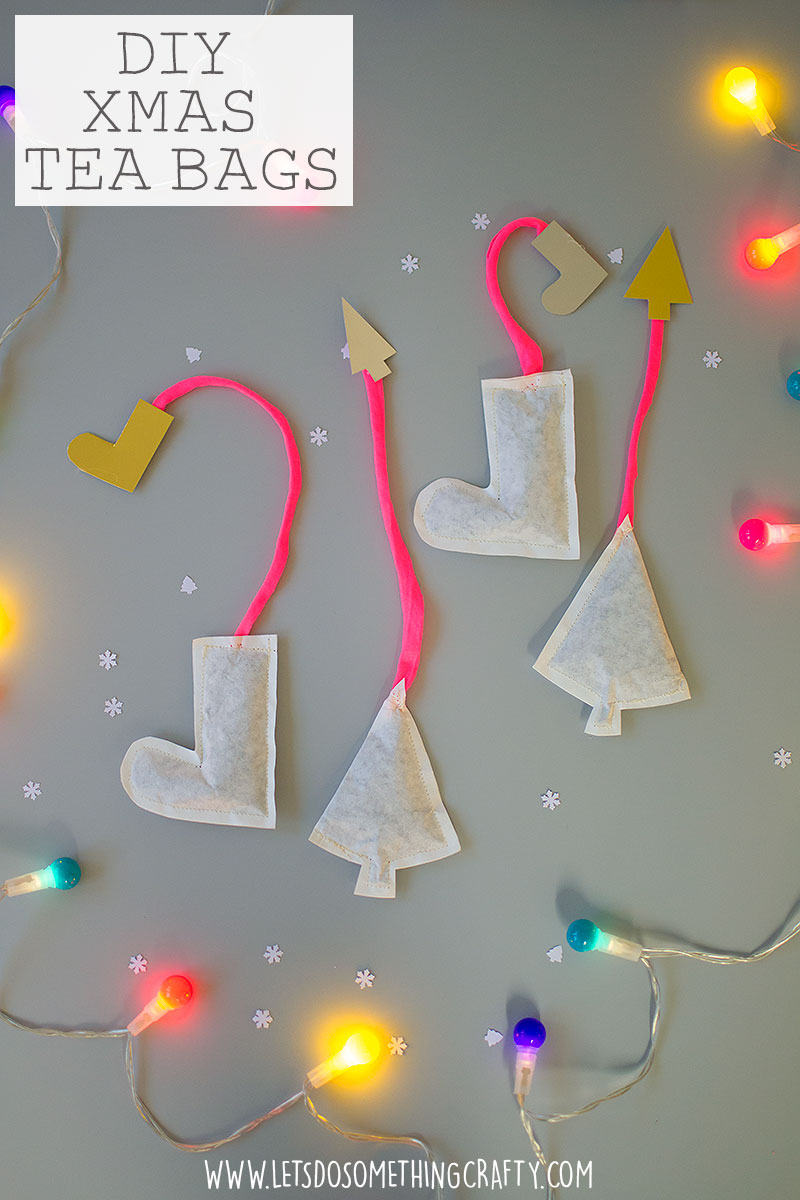
If you’re looking for some homemade Christmas gift ideas then these handmade tea bags are perfect, they would also work well as festive table decorations. You can make them any flavor you like by filling them with the leaves of your choice.
I always plan to make Christmas gifts then run out of time and end up buying things but I’m a bit more organised this year and am really excited about the festive season so the present making has already began in our house already. I just think it’s much nicer to give someone a little something you’ve made instead of buying something for the sake of it, it works out so much cheaper too. It didn’t cost much to buy the things you need to make these and there are 50 filters in the pack so you could make loads!
You will need:
– Coffee Filter Papers
– Loose Tea
– Sewing Machine / Needle and Thread
– Stapler
– String
– Card
– Coffee Filter Papers
– Loose Tea
– Sewing Machine / Needle and Thread
– Stapler
– String
– Card
I folded one part over and cut the bottom away to make the Christmas Tree shape before cutting up the folded line.
I then cut a stocking shape out of the rest of the coffee filter paper.
I sewed around the outside leaving a hole which I poured tea leaves into before sewing up the gap.
Then you just need to attach the string with a little shape at the end made from card. I used reflective mirror card in gold and silver but you could use any color you liked. For this part I was planning to use my stapler which would have been really quick and easy but I couldn’t find it anywhere so ended up stitching the string on and using my glue gun to stick the shape to the end. It took much longer that way though so a stapler would be much better. 

Now you’ve got your tea bags. I was actually interested as to whether they would work or not, I read on Google that you can make tea bags out of coffee filter papers but I wasn’t sure how they would compare with normal tea bags which are made with more of a net. It did work, I would say you have to leave it to brew for a bit longer than you would with a standard tea bag and not be too rough with the spoon when taking it out in-case it breaks the stitching apart but other than that they work well. Oh a tip when stuffing them would be to leave enough room for the tea to be able to move around a bit otherwise it will take longer to brew.

CHILDREN'S CORNER ... CHRISTMAS game

PUZZLE
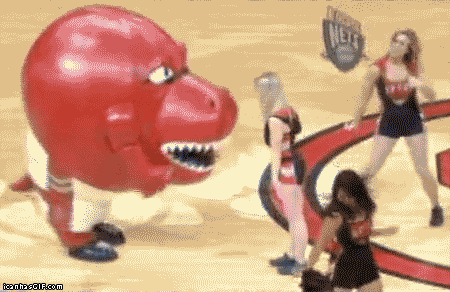
QUOTE
thanks, patty


LATEST PET-GROOMING TREND IN TAIWAN: PERFECTLY SQUARE OR ROUND HEADS
THE LENGTHS SOME OF US WILL GO TO TO MAKE OUR PETS SELFIE-READY.

PET GROOMING HAS BEEN TAKEN TO A WHOLE NEW LEVEL
Pet groomers in Taiwan are starting a new trend based on owners’ wishes to make their pets stand out more on their social media profiles.
The trend? Haircuts for small dogs that make their heads appear perfectly round or perfectly square.

via siam 55
NOT INTO SQUARES?
Maybe round is more your thing. Don’t worry, there’s a stylist for that too.
Here is a shot of the actual clipping process.
The before & after.
And this one is just plain adorable.
It takes serious skill to get the perfect cut and a seriously patient and well-mannered dog to endure such a haircut!

"Welcome" in Japanese (Japan) - Irashaimasu
thanks, shelley

You’re probably using the wrong plunger.

This is easily the most recognizable plunger. Chances are you have one lying around the house. BUT, did you know it’s only meant to be used on clogged sinks?
To unclog a toilet, you need a flange plunger, which doesn’t have a flat bottom.


EYE OPENER
dictionary
Solving the punctuation puzzle
[in-ter-uh-bang]
This hybrid punctuation mark is the only symbol on our list that was born in the USA. (the inventor's sister was one of my volunteers. you can imagine how shocked i was when i heard her brother has 'invented' the newest punctuation mark.)The interrobang combines a question mark and an exclamation point to indicate a mixture of query and interjection or shock, as in: "She said what!?" In the case of the interrobang, both word and symbol are portmanteaus in that the word bang was used for "exclamation point" in 1950s secretarial vernacular. Similarly, the question mark is also known as the "interrogation mark."

[hahy-fuhn]
The hyphen is a short line used to connect the parts of a compound word. It may also be used to indicate a connection between the parts of a word that has been divided for other reasons like a line break. The term is derived from the Ancient Greek hypo+ hen literally translated as "under one." Historically, the mark was used to unite words or syllables, most likely indicating the way phrases were meant to be sung by Greek and Roman bards. Hyphens are still used today in choral notation to indicate connected syllables.

Also called the "interrogation mark," the question markis, in English, the punctuation mark placed after a sentence to indicate a question. In Spanish an inverted question mark is placed at the beginning of an inquisitive sentence as well. There is much speculation as to the origin of the question mark, but most attribute its invention to Alcuin of York, leading scholar and teacher in the court of Charlemagne. In the 8th century, Alcuin indicated questions in his writing with a mark like "a lightning flash, striking from left to right," according to language writer Lynne Truss.

This forceful punctuation mark indicates a moment of high volume or excitement at the end of a sentence. Though there is no consensus as to the origin of theexclamation point, many believe that it is an abbreviated composite of the Latin word for "joy,"io. After centuries of hurried handwriting, the "i" became a line, placed over the "o," written quickly as a dot. The exclamation point was introduced into English in the 15th century as a "note of admiration."

[koh-luhn]
This punctuation mark is not to be confused with the end of the large intestine. Grammatically, the colon marks a major division in a sentence. The sign may also precede lists or summations or even help to categorize numbers, like separating hours from minutes as in "5:30." The word comes from the Greek kolon meaning "limb" or a "part of verse."

[sem-i-koh-luhn]
This punctuation mark, called "dangerously addictive" by Virginia Woolf, unites two independent clauses with a common thematic tie: "Leonard had nothing against tigers; he grew up with cats." In this example the two clauses would be perfectly permissible sentences on their own, but because they both relate to the same person and the same affection for felines, they are appropriately linked with a semi-colon. The addition of the prefix semi-, meaning "part," to the Greek root kolon meaning "part of verse" makes the semi-colon quite literally a part of a part.

[kom-uh]
Aside from the period, the commais the most common punctuation mark in English. The word is derived from the Greek kopteinmeaning "to cut off," fitting for our beloved comma's use in marking pauses within sentences and separating terms in a list. The mark was invented by the Italian printer Aldus Manutius in the late 1400s, a time when the slash mark signified a pause. Manutius lowered the slash mark in relation to the line of text and curved it slightly around the final letter. This freed the slash mark to indicate a comparison and simultaneously gave birth to the comma.

[am-per-sand, am-per-sand]
This strange punctuation mark has a fascinating past. The ampersand emerged over 2,000 years ago as the Latin word et meaning "and." The cursive writing of Latin scribes often connected the "e" and "t," giving rise to the shape of the ampersand. The name did not appear until the 1830s when "&" was the 27th letter of the English alphabet. The mark concluded the alphabet with "X, Y, Z, and per se and" with "and per se" meaning "and by itself." This final phrase was slurred by English school children during recitation and reborn as "ampersand."

[ih-lip-sis]
"I think I love you..." If you've ever been confronted with this maddeningly indeterminate end to a sentence, then you're no stranger to the effects of the ellipsis. From the Greek word elleipsein meaning "to fall short," this punctuation mark indicates an omission or suppression of letters or words. Oftentimes readers can infer which terms are replaced by the ellipsis, but in certain settings there's just no way to know.

[uh-pos-truh-fee]
In English, the apostrophe is the agent of contraction and possession, shortening words by replacing letters as in: can't for "can(no)t," and designating ownership as in: "the iguana is Lisa's." The word came to English in the late 1500s as a direct loan from the Middle French apostrophe meaning "aversion" or "turning away." Following its induction into English, the symbol enjoyed extreme popularity in written text, the result of a centuries-long trend to imitate French culture.

Also called "inverted commas,"quotation marks set off dialogue, quoted material, titles of short works, and definitions by demarcating of a section of text: "Toto, I've a feeling we're not in Kansas anymore," said Dorothy, as she opened the door. Before mechanized printing, quotations were indicated by identifying the speaker or using a different typeface, like italics. At the time single quotation marks indicated a pithy comment or quip. But by the 1740s, mechanical printing had taken off and printers adopted quotation marks to indicate speech.







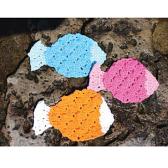


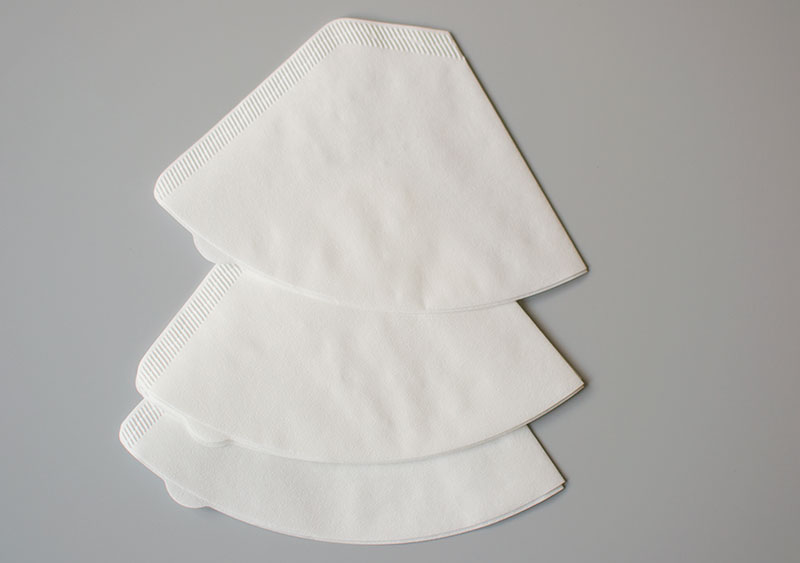

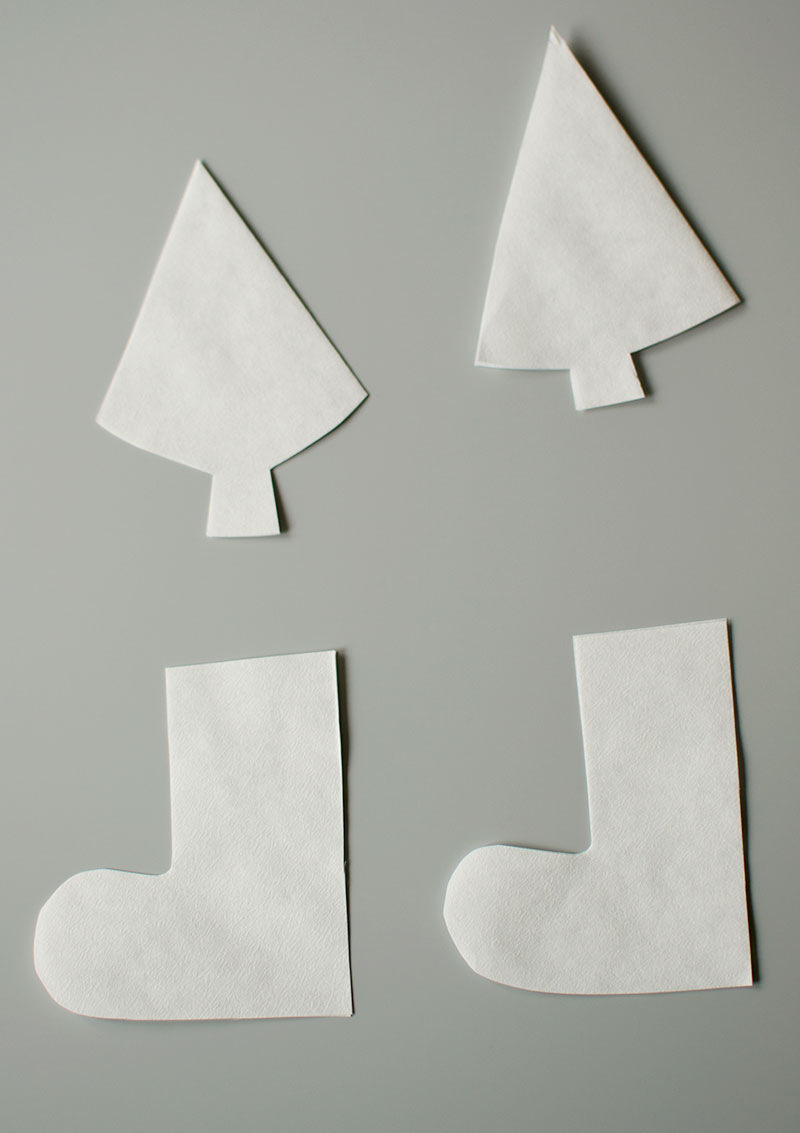
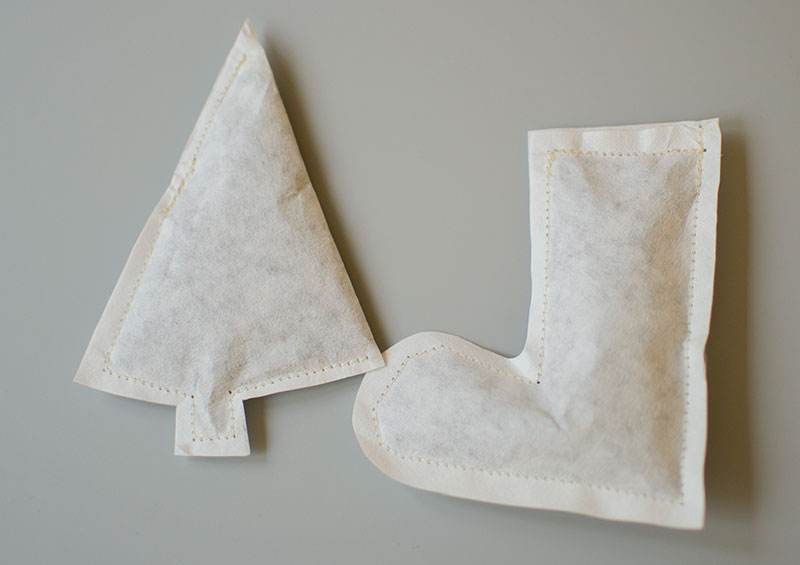
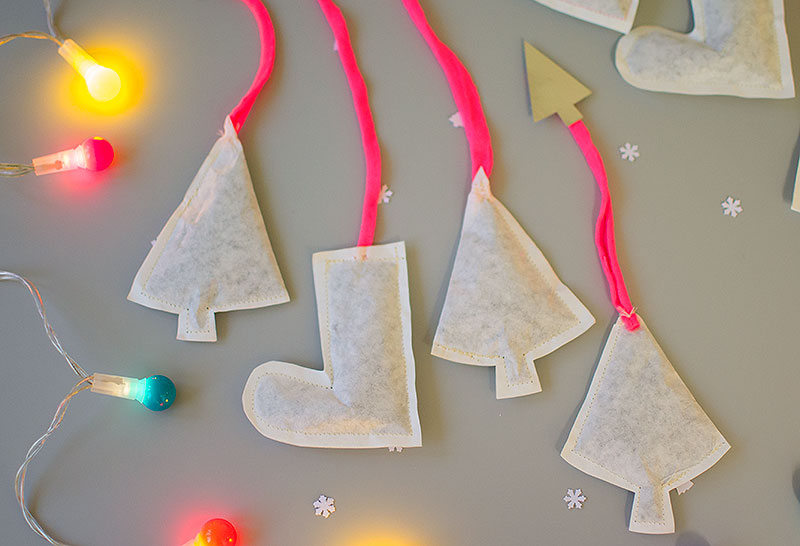
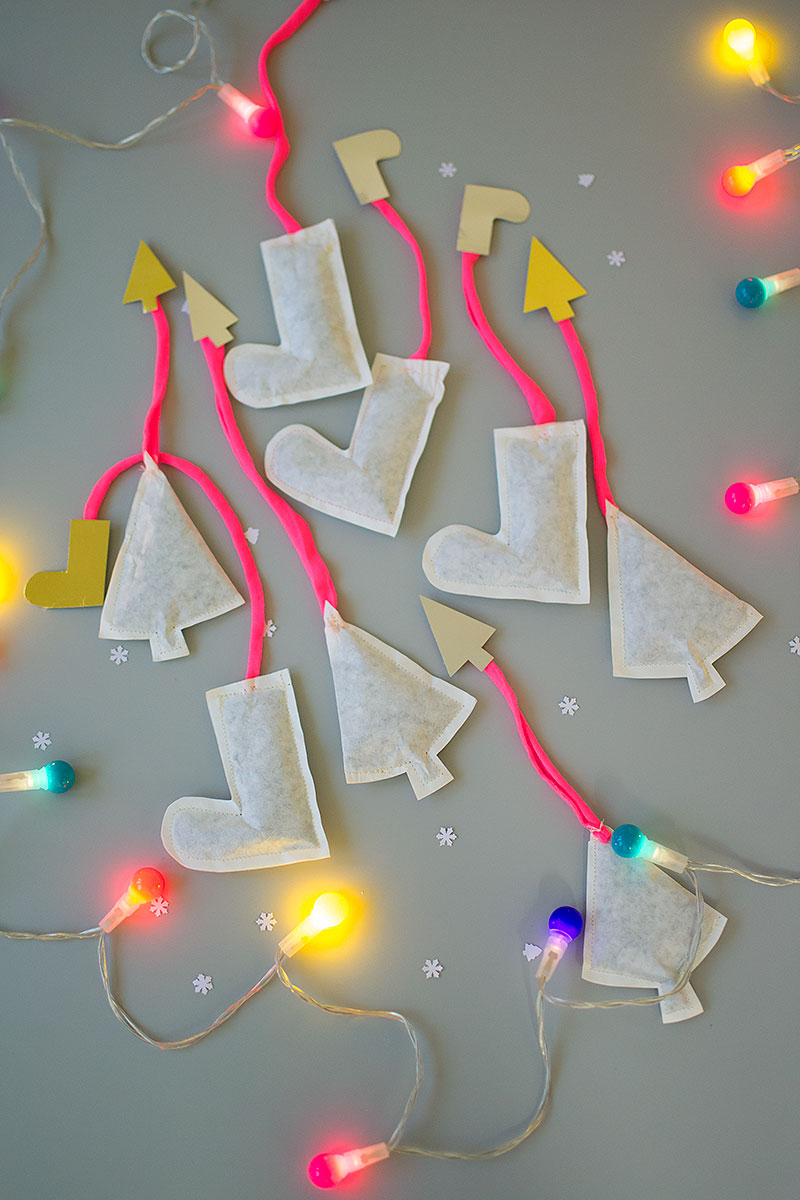

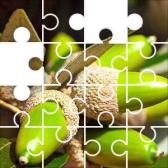




No comments:
Post a Comment